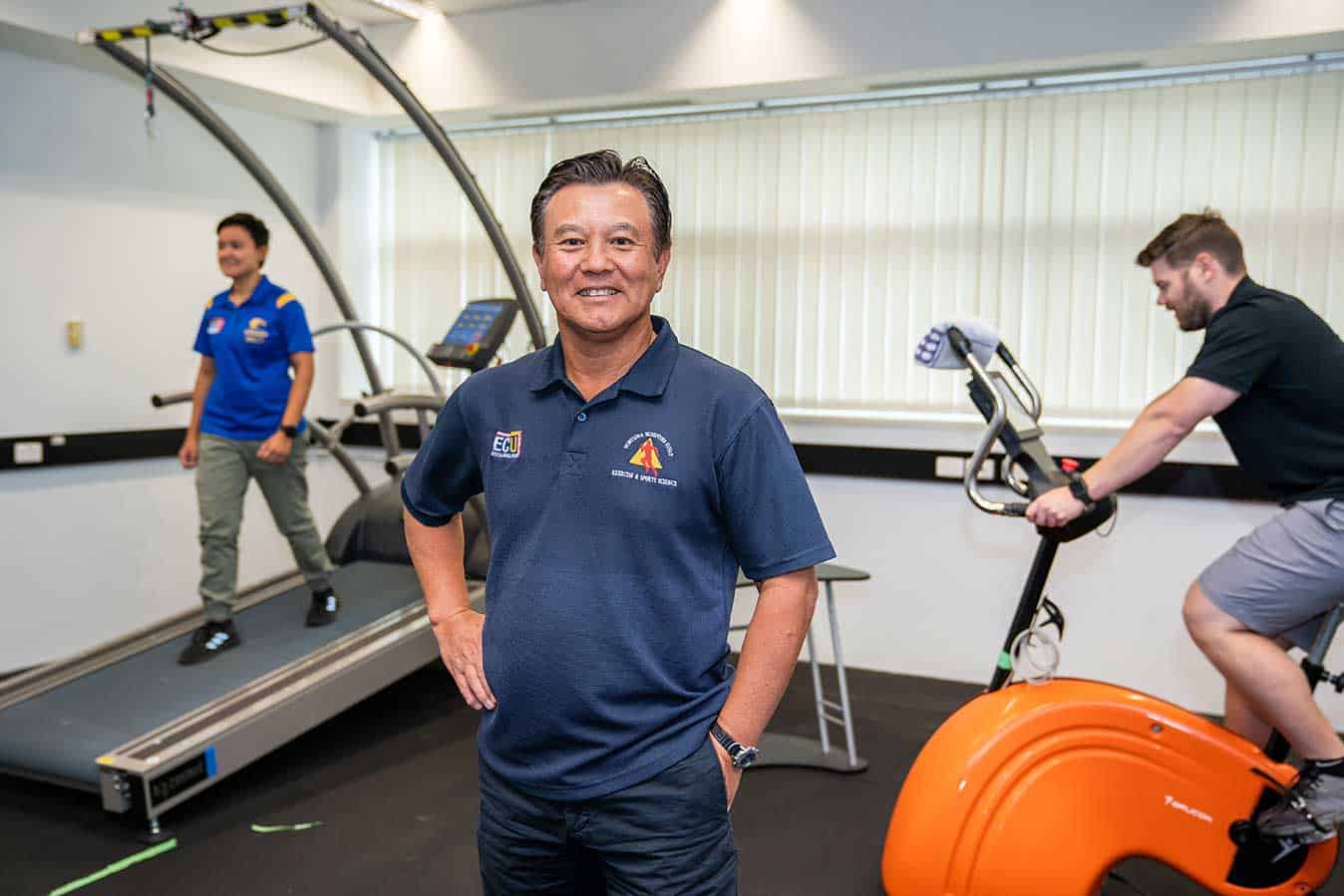Edith Cowan University researchers may have unlocked a question many of us have pondered – how often do you actually need to exercise each week to see real benefits?
The new study saw participants perform a single three-second, maximum-effort eccentric bicep contraction — similar to slowly lowering a heavy dumbbell, from a bent arm to a straight arm.
Previous ECU research showed this can significantly improve muscle strength when it’s performed daily for five days a week (Monday – Friday), for four weeks.
Participants in the new study were split into two groups, with the first group performing a single three-second contraction two days per week, and the other performing the same exercise on three days per week.
After four weeks, researchers compared the participants’ bicep strength.
Those who performed the exercise two-days per week saw no significant changes, however, the three-day group saw small but significant increases in concentric strength (2.5%t) and eccentric strength (3.9%).
Study lead Professor Ken Nosaka said the results helped to further improve understanding of how the body responds to exercise — and how people can then put that knowledge to good use.
“Our previous work has shown regular, shorter exercise is more beneficial than a one or two big training sessions in a week,” Professor Nosaka said.
“Now, we have a clearer idea of where the tipping point is where you start to see meaningful benefits from such a minimal exercise.
“These new results suggest at least three days a week are required, at least for the single three-second eccentric contraction training.”
Three is good… but five is better
While the findings showed three days per week will have an impact, finding the willpower to put in a couple of extra days of exercise per week will produce better results.
The previous study’s participants who performed the exercise five days a week saw greater improvements in strength — more than 10% increases — than the three-day group.
However, Professor Nosaka stressed this didn’t mean exercising every day would improve results even further.
“Muscle adaptations occur when we are resting, so muscles need rest to improve their strength and their muscle mass,” he said.
“It should be noted that the exercise was only three seconds, so the rest between exercises in the study was close to 28,800 times more than the exercise time.
“But muscles do appear to like to be stimulated more frequently, especially for the small volume of muscle strengthening exercise.”
Applying it to real life
Professor Nosaka said more research was needed to see if the study’s findings apply to other types and volumes of exercise.
“Muscles enjoying frequent stimulation may not necessarily be the case for a greater volume of aerobic exercise to improve cardiovascular function, or muscle strengthening exercise such as working out at a gym,” he said.
“However, it may be that exercising once a week for two hours is less effective than exercising every day for 20 minutes.
“If it is not possible to have 20 minutes a day for exercise, even five minutes a day makes a difference for fitness and health.
“Of course, more studies are needed to confirm this, but our recent studies show the importance of accumulating small amount of exercise as frequently as possible in a week.
“It is important to note that even a very small amount of exercise can make a difference to our body, if it is performed regularly.”
The study, ‘Weekly minimum frequency of one maximal eccentric contraction to increase muscle strength of the elbow flexors’, was published in the European Journal of Applied Physiology.









